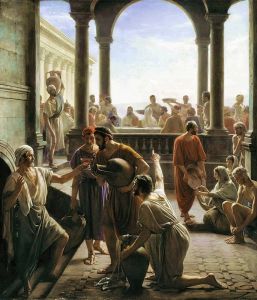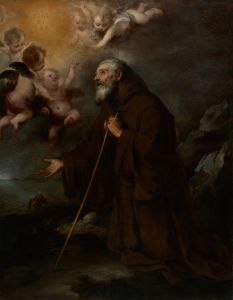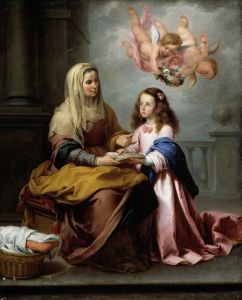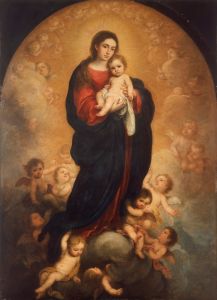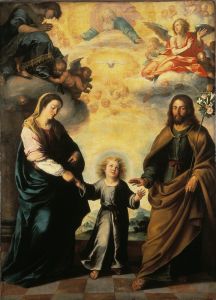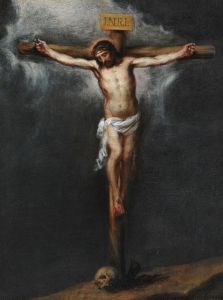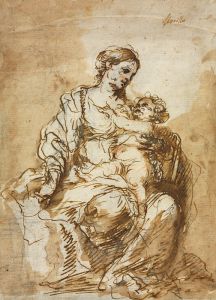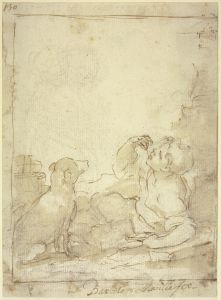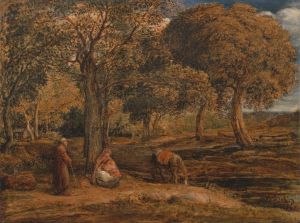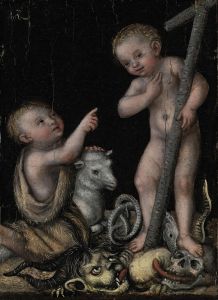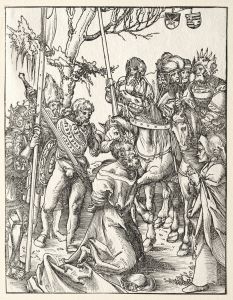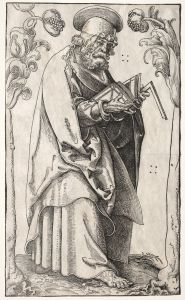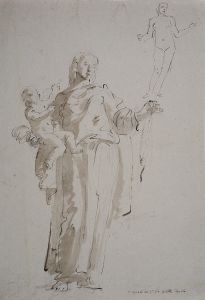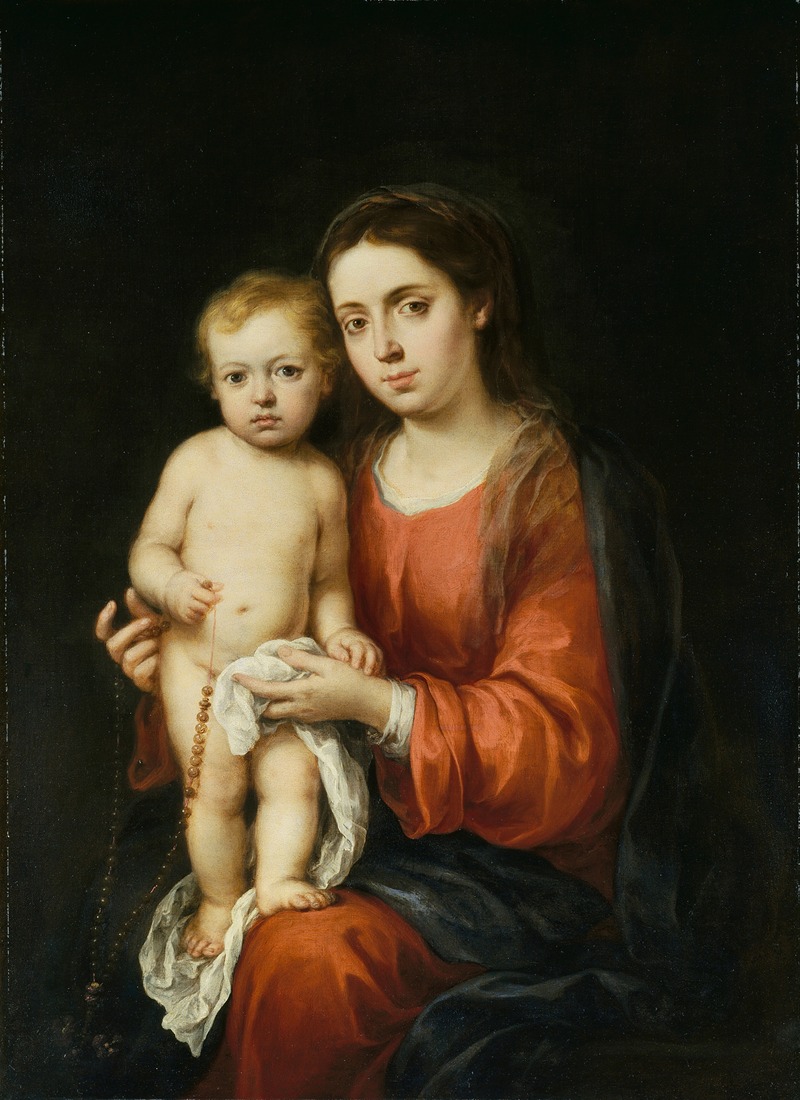
The Virgin and Child with a Rosary
A hand-painted replica of Bartolomé Estebán Murillo’s masterpiece The Virgin and Child with a Rosary, meticulously crafted by professional artists to capture the true essence of the original. Each piece is created with museum-quality canvas and rare mineral pigments, carefully painted by experienced artists with delicate brushstrokes and rich, layered colors to perfectly recreate the texture of the original artwork. Unlike machine-printed reproductions, this hand-painted version brings the painting to life, infused with the artist’s emotions and skill in every stroke. Whether for personal collection or home decoration, it instantly elevates the artistic atmosphere of any space.
Bartolomé Esteban Murillo's The Virgin and Child with a Rosary is a notable example of the Spanish Baroque painter's religious works. Murillo, who lived from 1617 to 1682, is renowned for his devotional paintings, which often depict the Virgin Mary and Christ Child with a sense of warmth, tenderness, and accessibility. This painting exemplifies his ability to combine spiritual themes with a naturalistic and intimate portrayal of his subjects.
The artwork features the Virgin Mary holding the Christ Child, with both figures engaged in the act of prayer or reflection, symbolized by the rosary. The rosary, a devotional object in Catholic tradition, underscores the painting's religious significance and invites viewers to contemplate themes of faith and devotion. Murillo's use of soft, diffused light and delicate color palettes enhances the serene and sacred atmosphere of the composition. The figures are rendered with a gentle realism, characteristic of Murillo's style, which often sought to evoke emotional connection and piety in the viewer.
Murillo's works were highly sought after during his lifetime, and his religious paintings, in particular, were commissioned for churches, monasteries, and private patrons. While the exact provenance of The Virgin and Child with a Rosary is not detailed in available records, it is consistent with Murillo's broader body of work, which frequently explored Marian themes. His depictions of the Virgin Mary often emphasized her role as a compassionate and approachable figure, reflecting the Counter-Reformation ideals of the time.
The painting is an example of Murillo's mature style, where he moved away from the more dramatic chiaroscuro of earlier Baroque artists and embraced a softer, more harmonious approach. This stylistic choice aligns with his goal of creating works that were both spiritually uplifting and visually appealing. The composition's simplicity and focus on the central figures allow the viewer to engage directly with the emotional and spiritual essence of the scene.
Today, The Virgin and Child with a Rosary is recognized as part of Murillo's significant contributions to Spanish Baroque art. His influence extended beyond his lifetime, shaping the development of religious painting in Spain and inspiring subsequent generations of artists. The painting is housed in a public or private collection, though specific details about its current location or acquisition history are not widely documented.





